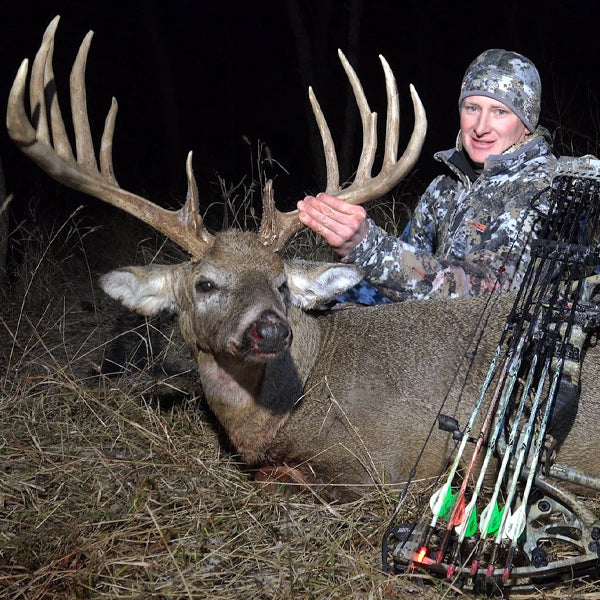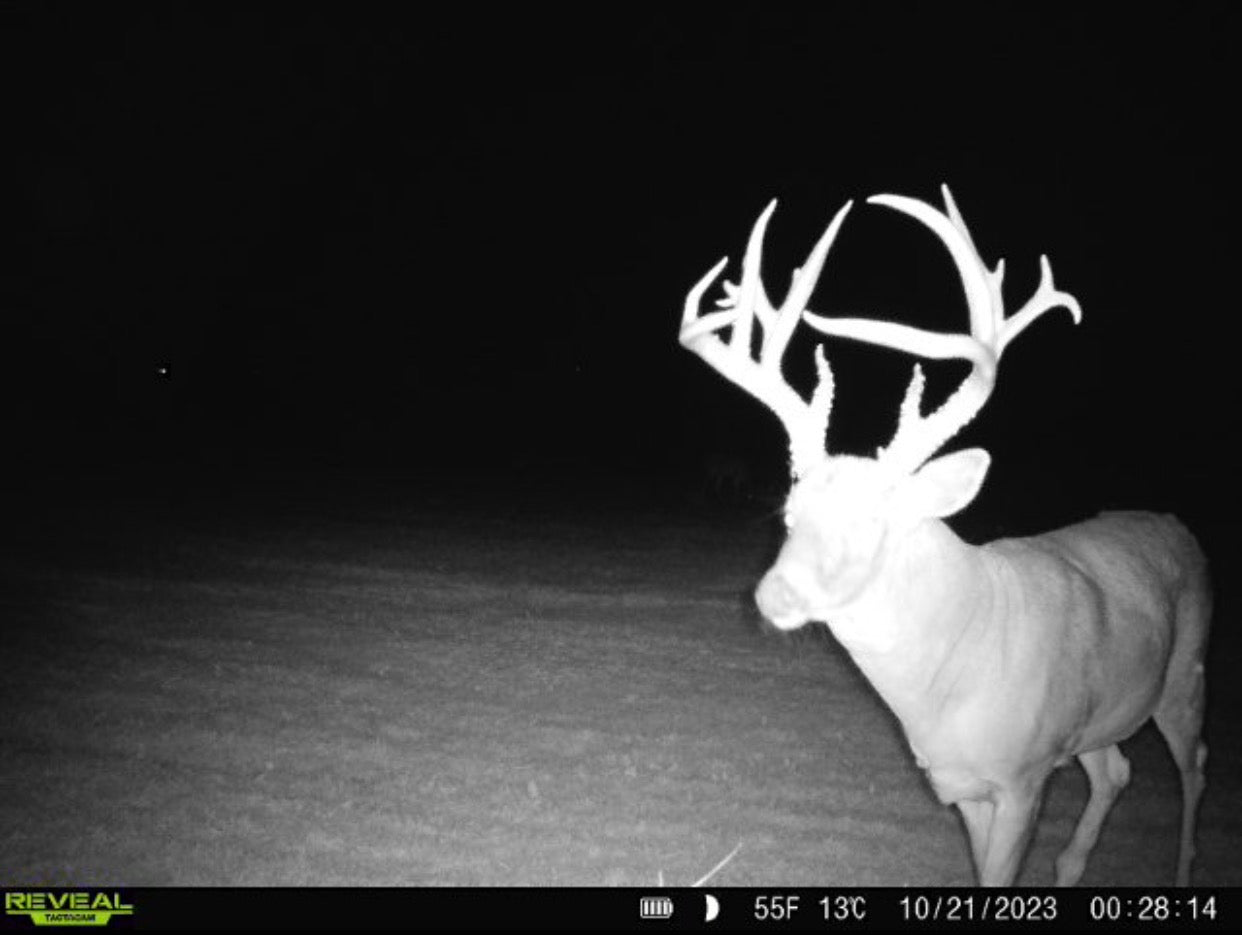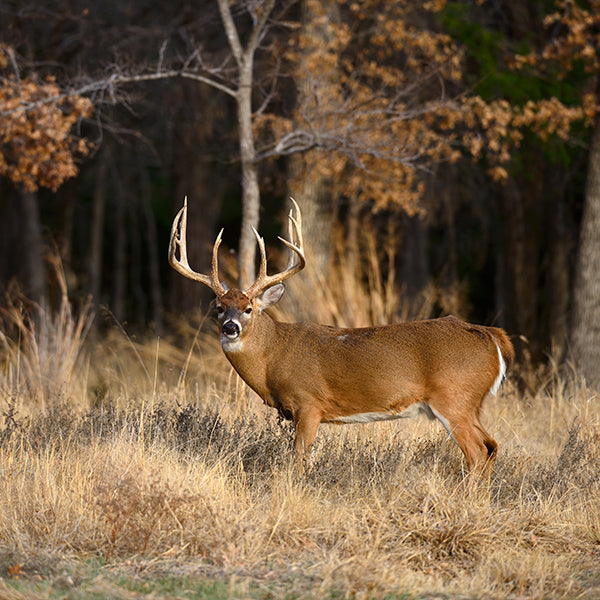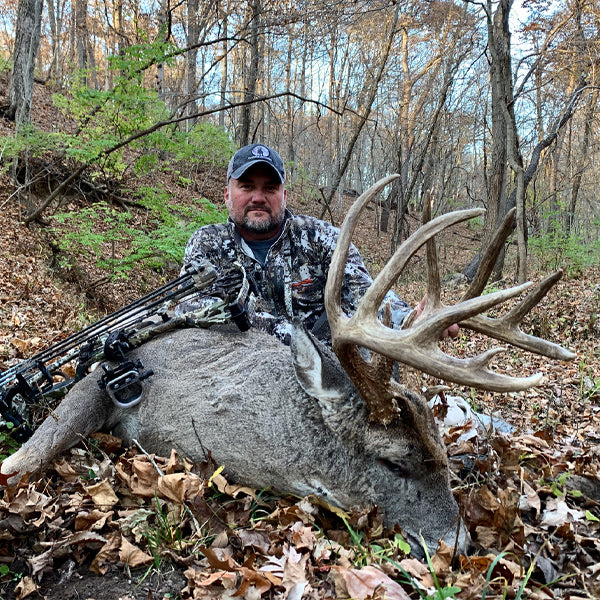
I’ve read numerous articles about the second rut and heard many different opinions on this matter. As far as I’m concerned, I believe what I see and I have witnessed first-hand, bucks breeding does in October prior to the main rut and as late as February long after the November peak. Why? I’m sure it has a lot to do with buck to doe ratios, with some does not getting bred the first time around along with fawns born late and coming into estrous later than the rest of the herd. I’m not going to say I know for sure though, because I don’t. There is definitely some validity to it though, and its worth mentioning.
It stands to reason that the later it gets in the year, there are fewer and fewer does to breed, making for stronger than normal competition to breed these special does. Your chances of finding a doe in estrous during late season may be very slim, but on the flip side, if you do I’ll bet the biggest buck in the area has found her also! This gives us a better than average shot at a giant during the late winter months. If we are going to try to key in on this tactic, we need to know when this phenomena is going to happen. It’s been proven by Charles Alscheimer and his studies that the full moon triggers the rut, with does being bred 10-12 days after the full moon. So, if this is the case all we need to do is follow the full moon each month, expecting any unbred doe to come into estrous within 2 weeks after the full moon. I know this isn’t an exact science, but it gives us a pretty good idea of when it should happen. Again, the only thing definite about chasing big bucks is “ Nothing is ever Definite”! One thing is for sure, if you find yourself hunting late season and you come across a hot doe, I don’t care what the moon is doing, you had better camp out on her because chances are Mr. Big will be close by sooner or later!
I know this could be a long shot, it's a matter of being in the right place at the right time, just like in November, it’s tough to predict and even more difficult to establish a pattern. There may be a way to capitalize on this event though, even if you don’t encounter a “hot doe”. I’ve always tried to think outside the box when it comes to hunting dominant bucks, really it’s all about taking an educated guess at what you think a big buck will do before he does it. This being the case, if we have an idea when a rogue doe should come into heat, if there is indeed a 2nd or 3rd rut, and we have an idea where the deer in a given area are concentrated late in the year – this seems like it would be a perfect scenario for a mock scrape to me. I’ve never had the opportunity to try it, but I have given it some thought and this late in the game what would you have to lose? I think it would be worth a try, especially if you know theres a big deer in the area. Big bucks have a tendency to show up on trail cameras well after dark during late season. If you know he’s there, a strategically placed mock scrape might just be the ticket to getting him up early enough to head your way before dark! I would put some serious planning into action here, and expect it to work – be positive. Take into consideration where he’s going to come from, what wind he needs to feel safe enough to head your direction before dark, where you need to be to get within bow range of this travel pattern and get a shot opportunity “while” he’s using the wind to his advantage, and have a bulletproof way to enter the stand without alerting him or any other deer in the vicinity. Sounds like a lot but thats the same strategy I use early season with my set ups and it has proven to be deadly successful for me. The only other key would be timing it with a good overhead moon time in the evening to stack the deck in your favor! Hope somebody out there gives it a shot and kills a “Late Season Monster Buck”!



